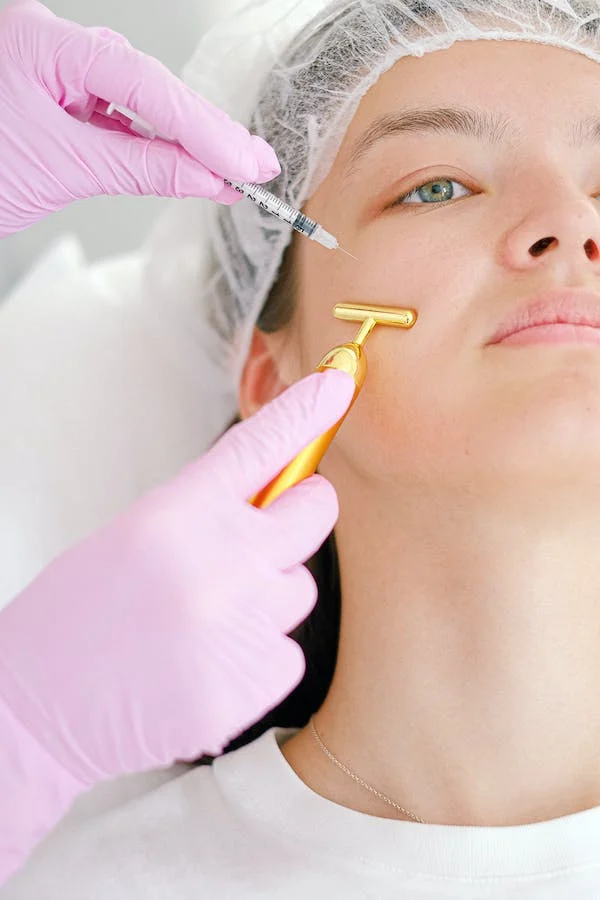Vascular facial anatomy is the study of the blood vessels and blood flow in the face. This anatomy is a crucial component in understanding the overall health and function of the skin. In this blog, we will explore the importance of understanding vascular facial anatomy and why it is crucial in the fields of medicine, aesthetics, and beauty.
The first and foremost reason to understand vascular facial anatomy is to promote the overall health of the skin. The blood vessels in the face play a vital role in delivering oxygen and nutrients to the skin cells, and removing waste and toxins. Proper blood flow is essential for maintaining healthy skin, as it helps to keep skin cells functioning optimally. Additionally, understanding the location and distribution of blood vessels can help practitioners to identify potential issues, such as circulation problems, which can be addressed before they cause more significant problems.
In addition to promoting skin health, understanding vascular facial anatomy is also crucial in providing safe and effective treatments. The blood vessels in the face are delicate and can be easily damaged, which can lead to complications such as bruising, swelling, and even scarring. By understanding the location and distribution of blood vessels in the face, practitioners can avoid these potential complications and ensure that treatments are safe.
In the field of aesthetics, a thorough understanding of vascular facial anatomy is also essential for optimizing results. By knowing the location and distribution of blood vessels, practitioners can choose treatments and techniques that will best target specific concerns, such as fine lines, wrinkles, or age spots. This knowledge can also help practitioners to avoid treatments that may not be effective for a particular skin concern.
Another benefit of understanding vascular facial anatomy is that it can help practitioners to understand the physiological processes that occur in the skin. For example, knowledge of vascular facial anatomy can help practitioners understand why some treatments may cause bruising or swelling, or why some treatments may be more effective for certain concerns. This knowledge can also help practitioners to better understand the mechanisms behind skin aging and the development of skin conditions.
Furthermore, understanding vascular facial anatomy is important in facilitating effective communication between practitioners and clients. By being able to explain the location and distribution of blood vessels in the face, practitioners can educate clients on the benefits and limitations of specific treatments. This knowledge can also help practitioners to build trust with clients, as they are able to provide informed and credible advice on skin care and treatments.
In addition to its practical applications, understanding vascular facial anatomy is also an important aspect of professional development in the medical and aesthetics fields. By having a strong foundation in this anatomy, practitioners can continue to build their knowledge and skills as the industries evolve and new treatments become available. This ongoing education is essential for staying current and providing the best possible care for clients.
In conclusion, understanding vascular facial anatomy is crucial in promoting skin health, providing safe and effective treatments, optimizing results, understanding physiological processes, communicating effectively with clients, and advancing professionally. Whether you are a practitioner in the medical or aesthetics field, or simply someone interested in skin care and beauty, understanding vascular facial anatomy is an essential aspect of achieving and maintaining healthy, youthful-looking skin.





